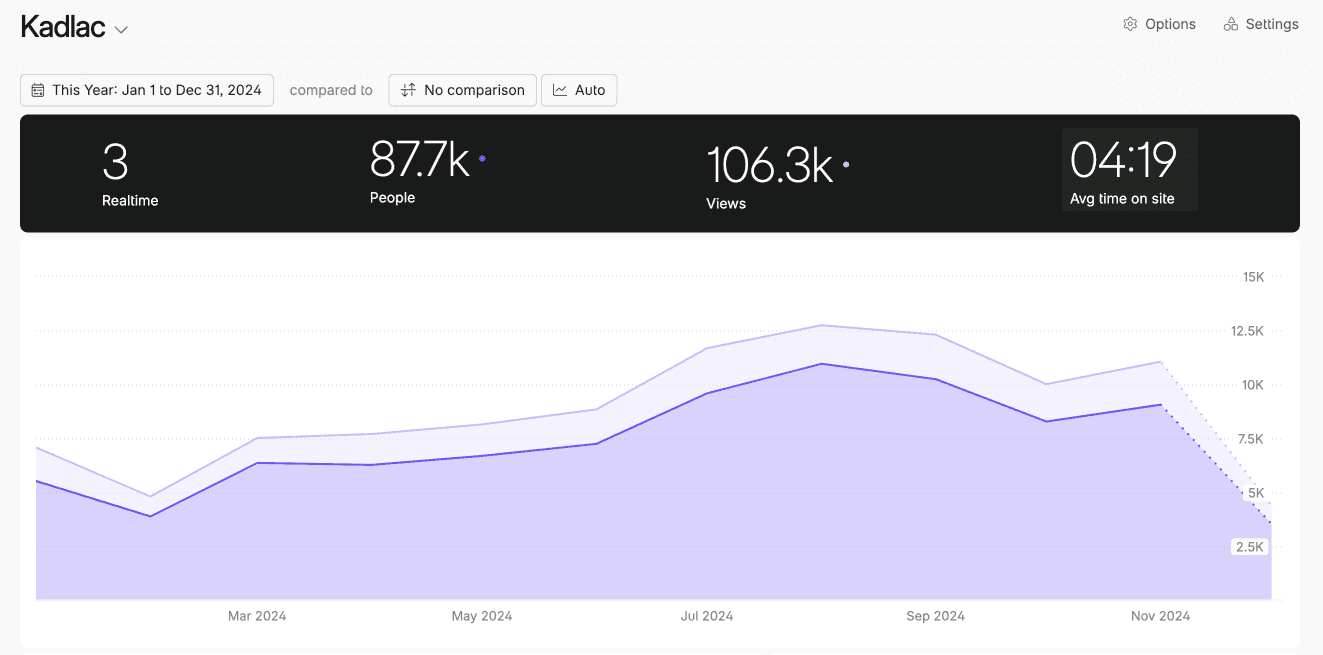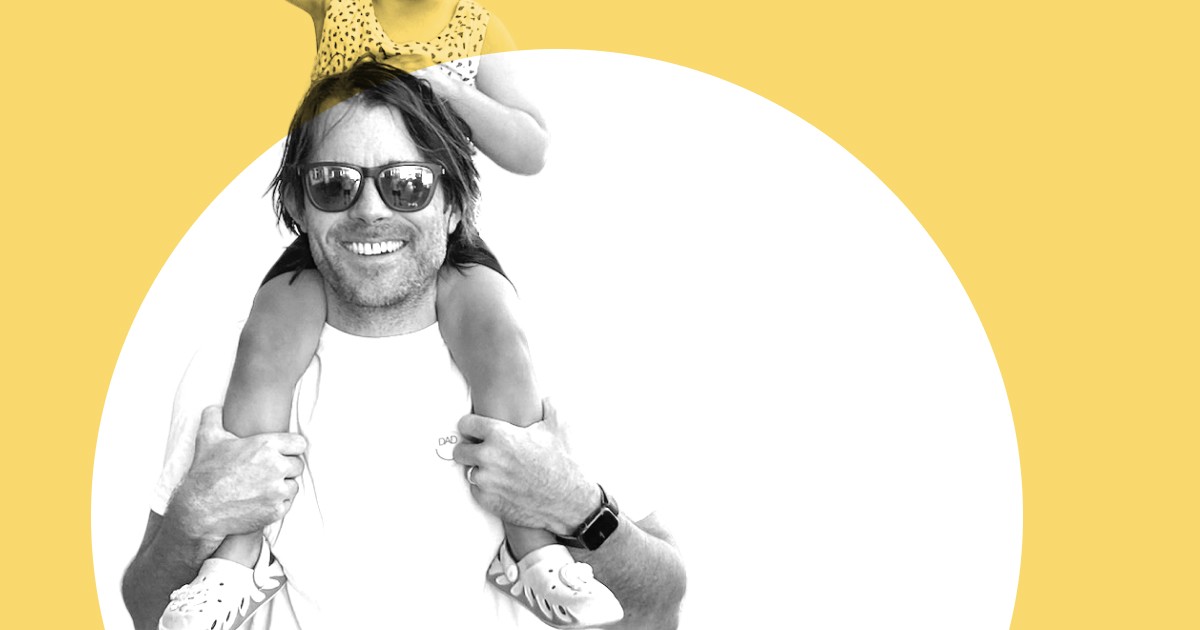Unlock your own creative taste, and splatter your experiences into a sea of blank canvases
Oct 18, 2022

There’s an old photograph of Steve Jobs in his twenties, sitting cross-legged on a wooden floor in an empty room. There’s nothing in the room except a Tiffany lamp, a cup of tea, and a few papers scattered in front of him.
“He doesn’t even own a couch!” the pro-minimalist crowd might shout.
The photograph subtly supports the idea that to be a creative genius, you must embrace minimalism. It seems to whisper, “To do your best creative work, nothing else must get in the way.”
But we’re complicated people with personal experiences that define our tastes, and from different cultures all over this floating space ball. When we tell our favorite stories to our friends and families, they don’t nod and wonder, ”Wow, her life is like a blank white page, set with a precious sans-serif typeface.”
Hell no. Minimalism is boring because it’s the least offensive choice when making design decisions. Your own creative taste needs to be unlocked and spilled out onto the page.
The least offensive choice
The road to minimalism starts out with a simple design goal.
You want to redesign your website. Or maybe you want to redecorate your living room. What if you’re starting a new business and you need a logo?
It seems simple. Nothing too complicated.
But you open up a browser and you type in those nine letters where you know you’ll find inspiration.
P-i-n-t-e-r-e-s-t
You sit back, click on a few images, and then you’re tumbling down the rabbit hole looking at neatly designed websites, interior designs, or branding inspiration. You might find a few you like, but nothing really fits you. After all, you’re looking at the end result of many, many, design decisions having nothing to do with you.
The color is off, the lighting isn’t quite the same as your room, or the target audience of the logo doesn’t sit right. You’re in the Uncanny Valley of design decisions. It feels familiar and seemingly comfortable, but something feels off.
You’re exhausted, and you haven’t made any progress. So you end up with a decision that won’t force you to start over. It’s the least offensive choice.
But your personality and vibe are nowhere to be found.
You started with good intentions, but you made a crucial mistake. You didn’t start from the inside-out.
Inside-out design thinking
Viewing the mosaic lines of beautiful images across the fields of Pinterest can be intoxicating. Everything looks good because you’re looking through fully imagined designs in their final state, without any context.
These designs are not for you, because they are not you. The green velvet sofa sitting in a sunlit-wrapped room amongst overgrown monsteras won’t work with your low ceilings lit with lamps. The design of popular websites looks clean and minimal, but the colors and typeface lack any connection to your personality or where you’re from. And that neatly designed outfit won’t work because it’s elegantly draped on a 6’ tall model.
The mistake we make at this first step is not honoring our own creative taste. To discover what makes us unique, we should draw from our own values, experiences, and interests.
Minimalism is about subtraction. The graphic designer, Jack Butcher, says, “If it looks simple, it was difficult.” When starting from a minimalist state, there’s nothing to subtract. We have to add, and it’s easy to draw inspiration from outside sources when not considering your own.
Designing from the inside-out starts with exploring what makes us unique. It means extracting the most important slices of our personalities. Former Braun Designer Dieter Rams lives by this principle, “Less, but better.”
People mistake Marie Kondo as a minimalist. But in her own words, she says, “Many people have equated my tidying method with minimalism, but it's quite different. ... Minimalism advocates living with less; the KonMari Method™ encourages living among items you truly cherish. The first step in my tidying method is to imagine your ideal lifestyle.”
She doesn’t tell us to first find inspiration in what our home should look like. We should use inside-out design thinking to hold onto the objects that are personal to us, not what’s trending at the moment.
Unlock your creative taste
We were born into this world with a clean slate, but it’s gotten pretty damn messy since then. The unique perspective many of us have are commonly hidden behind sleek white walls, black and white templates, and empty rooms.
This is a world without personality.

While it feels beautiful to imagine Steve Jobs as a minimalist changing the world from an empty room, he was anything but.
In his own way, he was as complicated and messy as the rest of us.
Curious about what tools will help you build your own creative business?
Get my free toolkit of 59+ resources that will help you learn, create, and sell online.



